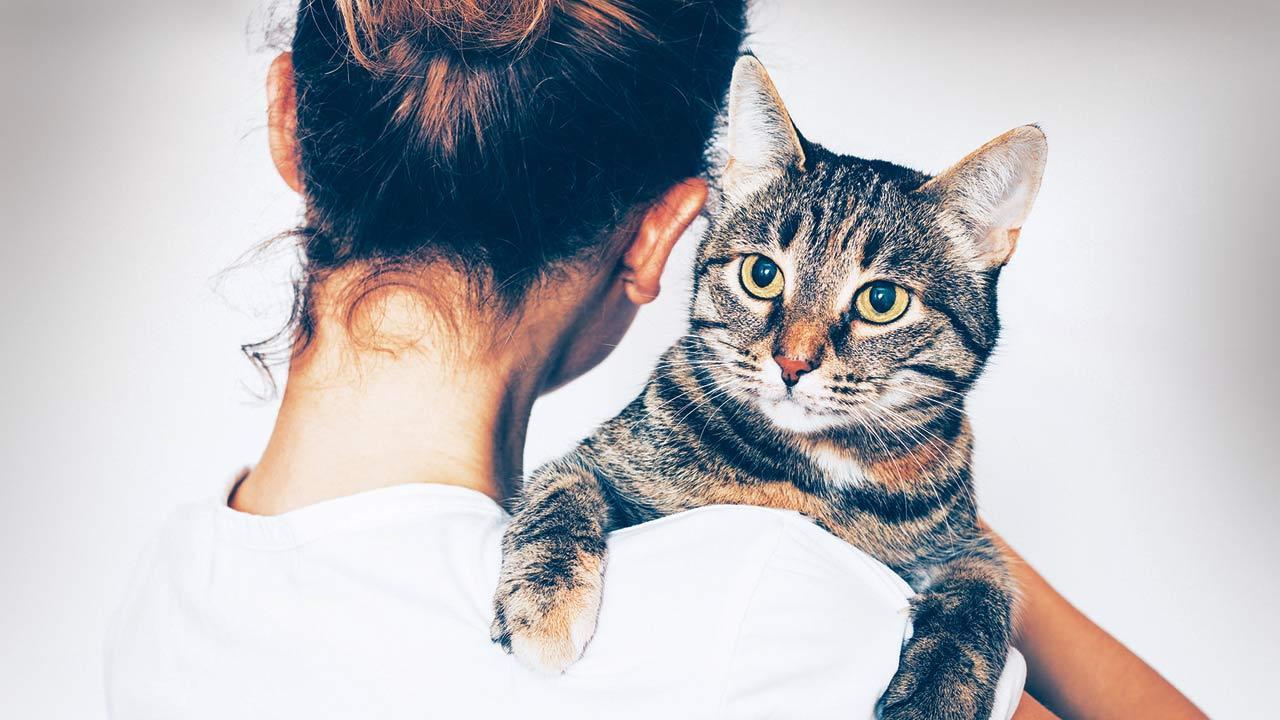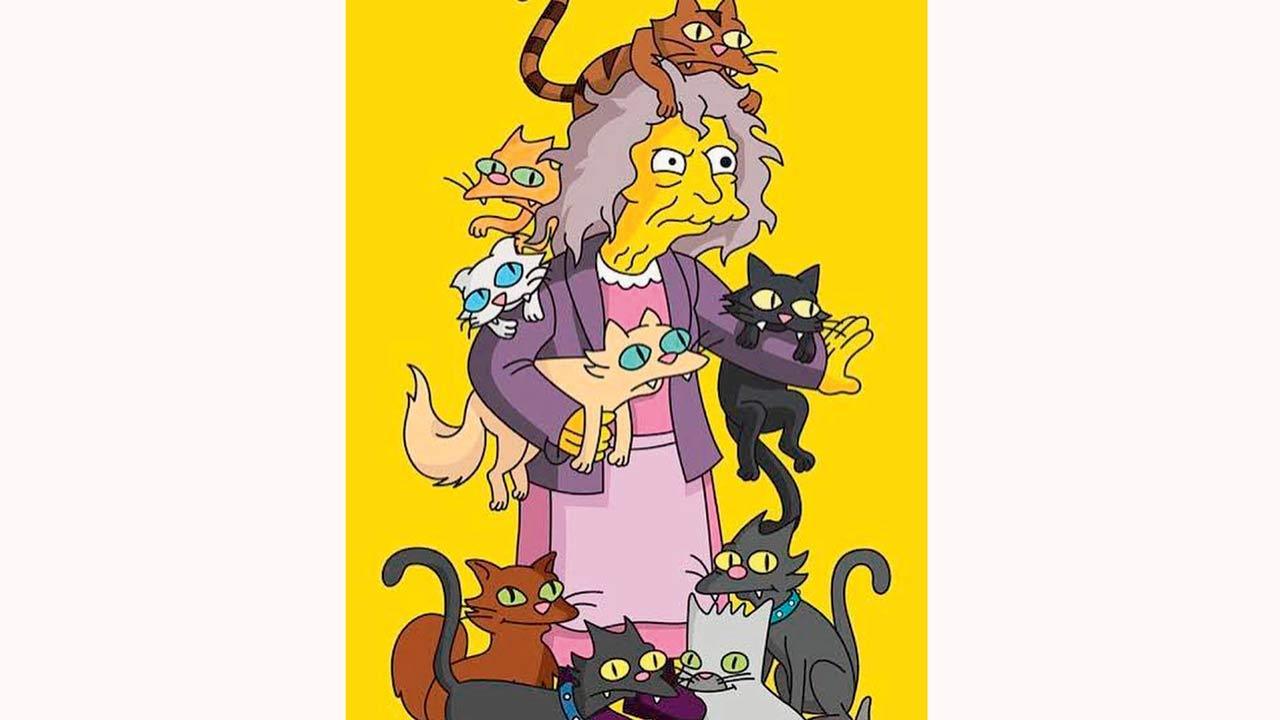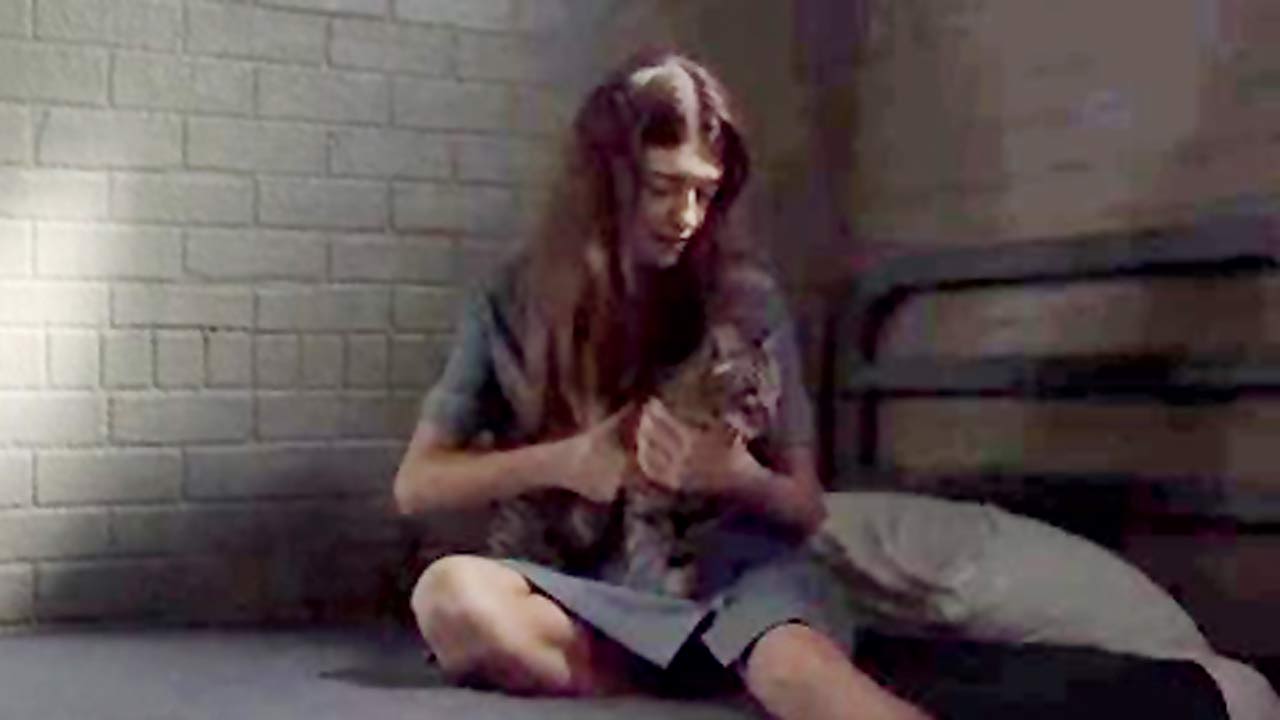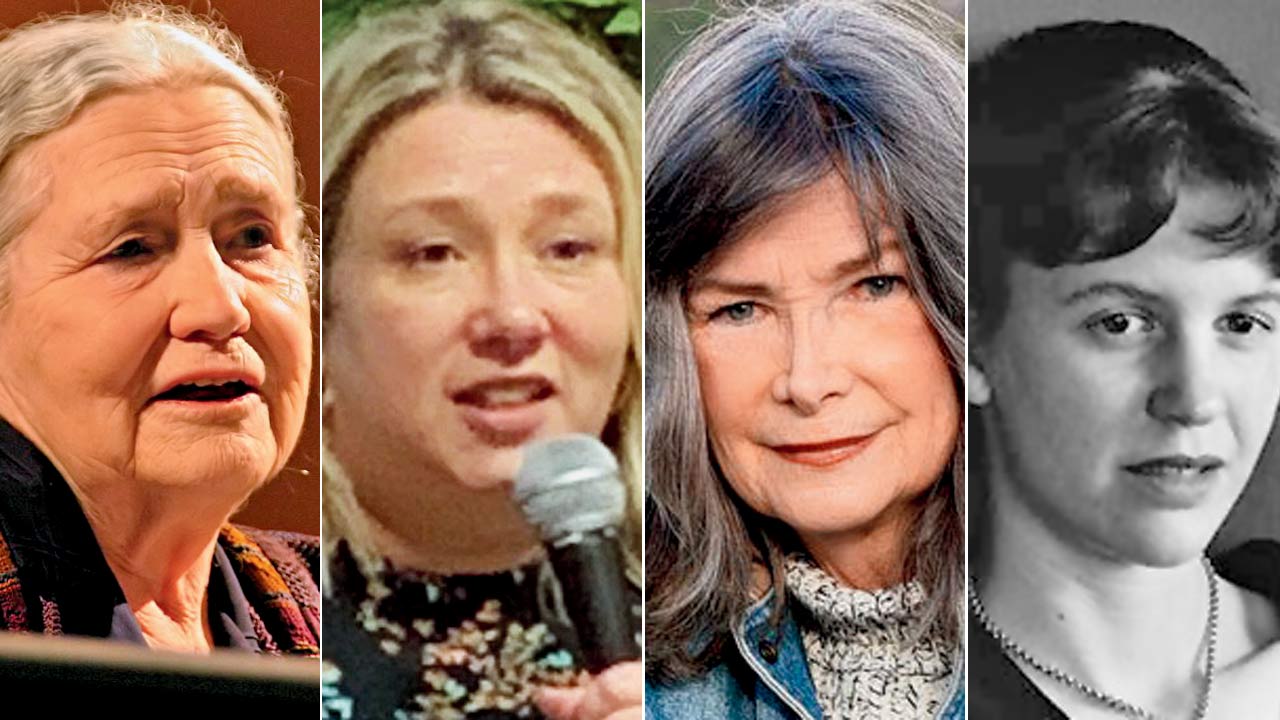Recently, US Republican senator and VP pick, JD Vance chided US Vice President Kamala Harris as a “childless cat lady”. We share four literary gems where the term has been reclaimed by women writers

Representation pic
With the US presidential election campaign in full swing, Republican senator and nominee for the post of the Vice President, JD Vance, took a dig at US Vice President and Democrats’ presidential pick, Kamala Harris, calling her “a childless cat lady”. The term comes from a deep-rooted ideology which cements women’s place to be limited to the private sphere within homes, and derides them if they participate in the public sphere or aspire to take up positions in public offices. In modern art and literature, we may find many examples of this image. Dating back to the 18th century, Georgian sketches of senior maids at a cat’s funeral depicted lonely old women carrying cats, with one of them holding a small casket. Ideas of mystery as well as hysteria have also come to be associated with the term, with the newer addition of the adjective ‘crazy’ to the phrase. For instance, on screen, we witness characters like Eleanor Abernathy from The Simpsons, Angela Martin from The Office, and Professor Umbridge from the Harry Potter universe, who follow the archetype.
ADVERTISEMENT
 Eleanor Abernathy from The Simpsons
Eleanor Abernathy from The Simpsons
Here are a few fascinating reads where female authors have attempted to subvert the trope, and re-conceptualise the image of a woman who own cats and lives alone:
. An old woman and her cat: In her short story, Doris Lessing zooms into the life of one such cat lady and adds meaning and depth to her character. She shows the life of an old woman named Hetty who has suffered loss and is looking for ways to deal with grief and loneliness. Hetty’s husband dies at a relatively young age. She is not ‘childless’ but is abandoned by her children who continue to live their own lives. She lives with her cat Tibby who makes up a big part of her life now, bringing home pigeons. Although her neighbours consider her “a bit strange”, Hetty is shown to go about following her passion of buying and collecting second-hand clothes from households and selling them to others.
 A moment from the film, Where the Crawdads sing
A moment from the film, Where the Crawdads sing
. Eleanor Oliphant is completely fine: Gail Honeyman’s book gives us a protagonist that we relate to most today from her journey of feeling alienated from the world to coming to understand herself better. Socially awkward, 29-year-old Eleanor Oliphant works as a finance clerk in the back office of a graphic design company. She holds a degree in Classics, and is intelligent, but she’s also had a troubled past, which we learn about as the book progresses. Though she tells the reader from time-to-time that she is completely fine, she is certainly not; she suffers from the trauma of her past. Eventually, she finds solace in and recovers through small acts of kindness extended by her friend Raymond and her counsellor, as well as through the presence of Glen, her cat. Honeyman’s sketch of Eleanor’s fondness for Glen lends poignancy and gentleness to the portrayal of a crazy cat lady figure.
 Doris Lessing, Gail Honeyman, Delia Owens and Sylvia Plath
Doris Lessing, Gail Honeyman, Delia Owens and Sylvia Plath
. Where the Crawdads sing: When Kya Clark is accused of murder and sent to jail, she befriends a cat, who is the only reminder of her life in the marsh lands closer home. Delia Owen’s novel follows the story of a young protagonist, who lives in the middle of swamps in North Carolina, initially with her father and later, alone. The image of the cat and the woman is picked up and drawn into the narrative to show a deeper connection and comfort that the natural world offered to Kya, which has been snatched away from her. It stands in contrast to the deeper rejections she faced by the townspeople. Although the companionship between Kya and the cat Sunday Justice is brief, it is significant.
. Ella Mason and Her Eleven Cats: “Something’s addled in a woman who accommodates/that many cats.” Sylvia Plath’s poem is a classic example of a text that turns our gaze towards the kind of stories that go around about women with cats. Writing at a time when the Victorian era had left a dent in the lives of women, Plath condemned the idea of marriage and domesticity as necessities for women. The narrator is not Plath but one among those who was once a child poking fun at such women. It’s not difficult to gauge that at the time, ideas of vanity and completeness of women were considered indecorous, especially if they rejected suitors.
Available Leading bookshops and e-bookstores (all titles)
Also Read: Mumbai's Gen Zers unite to roll out music bus lessons for slum kids
 Subscribe today by clicking the link and stay updated with the latest news!" Click here!
Subscribe today by clicking the link and stay updated with the latest news!" Click here!







